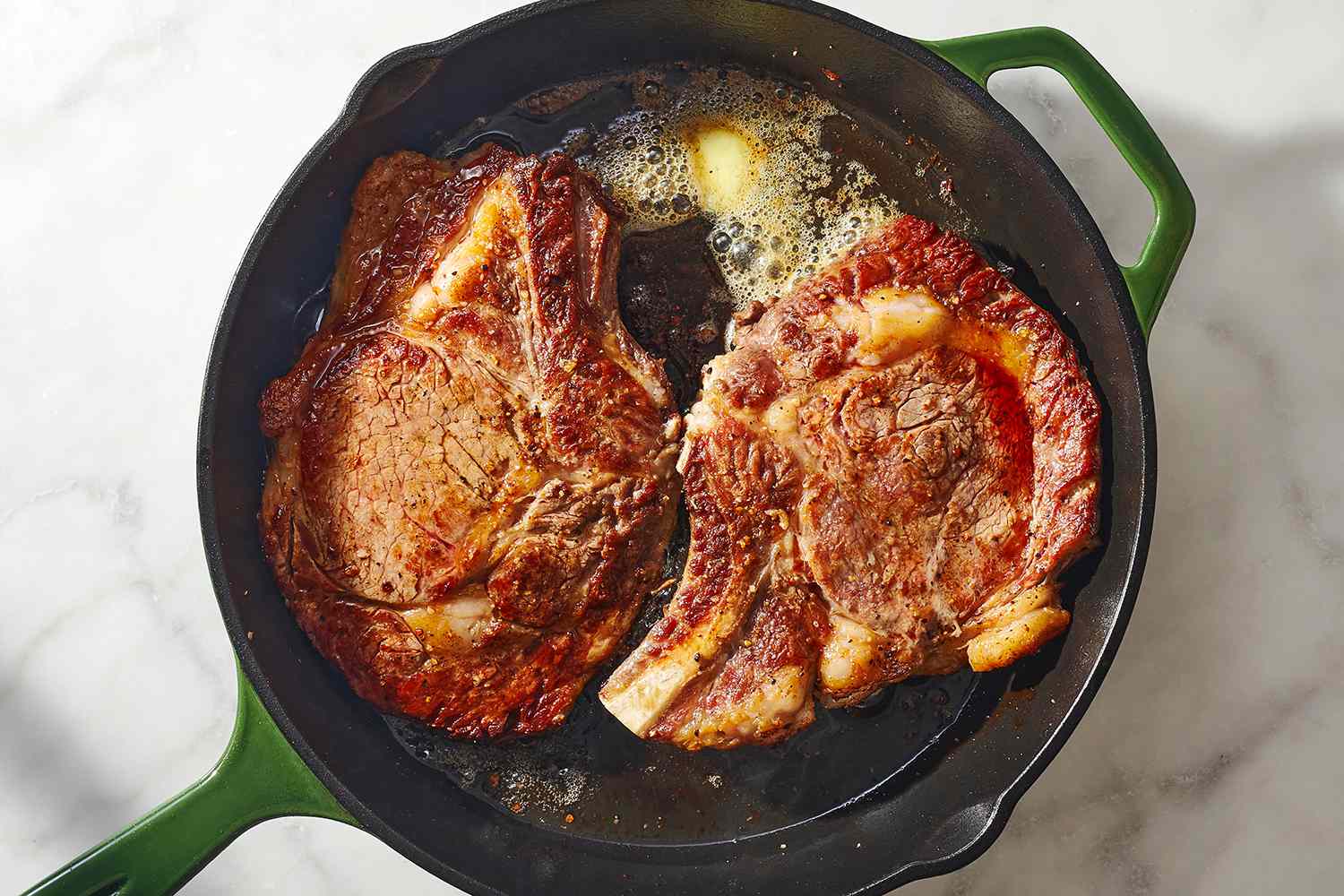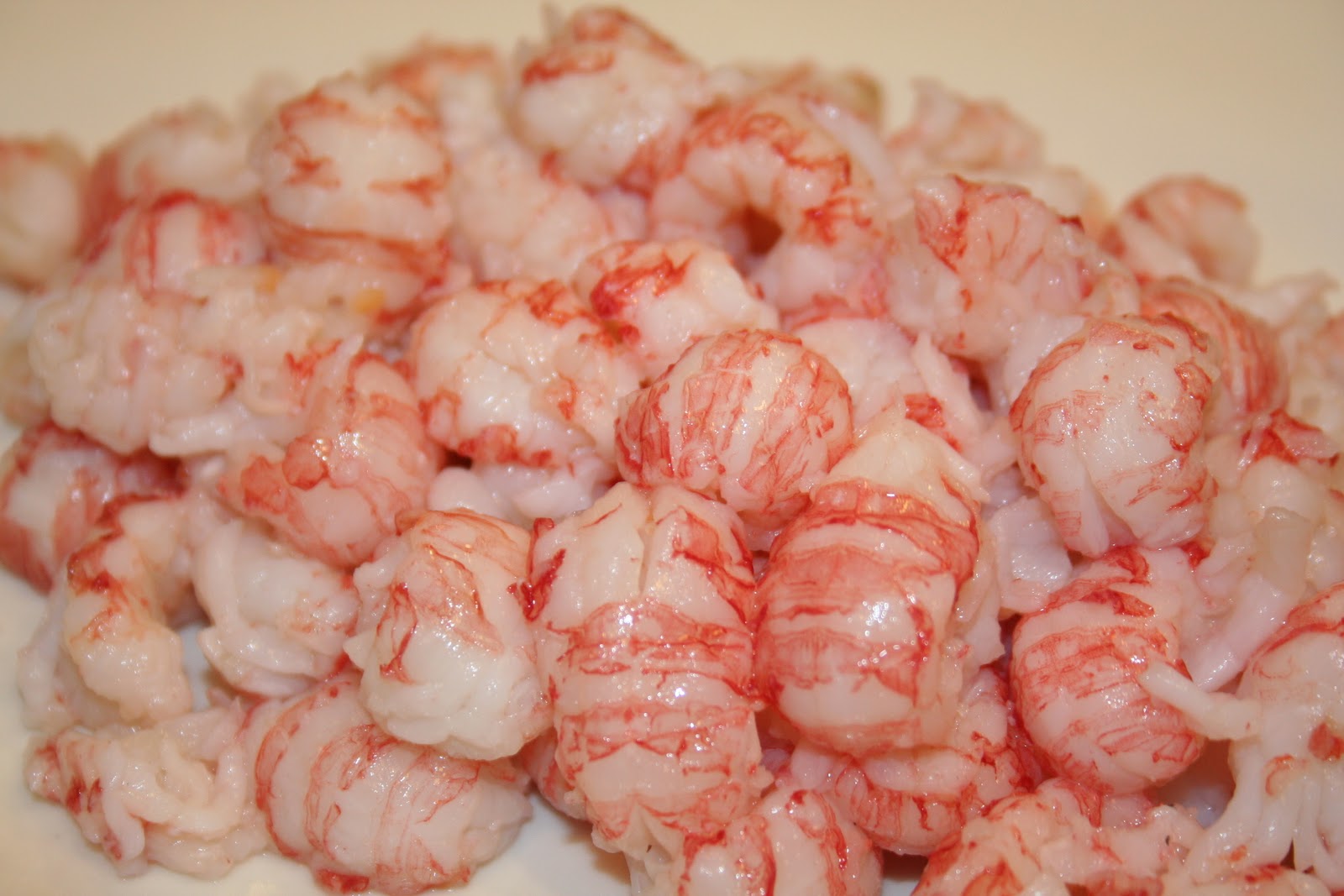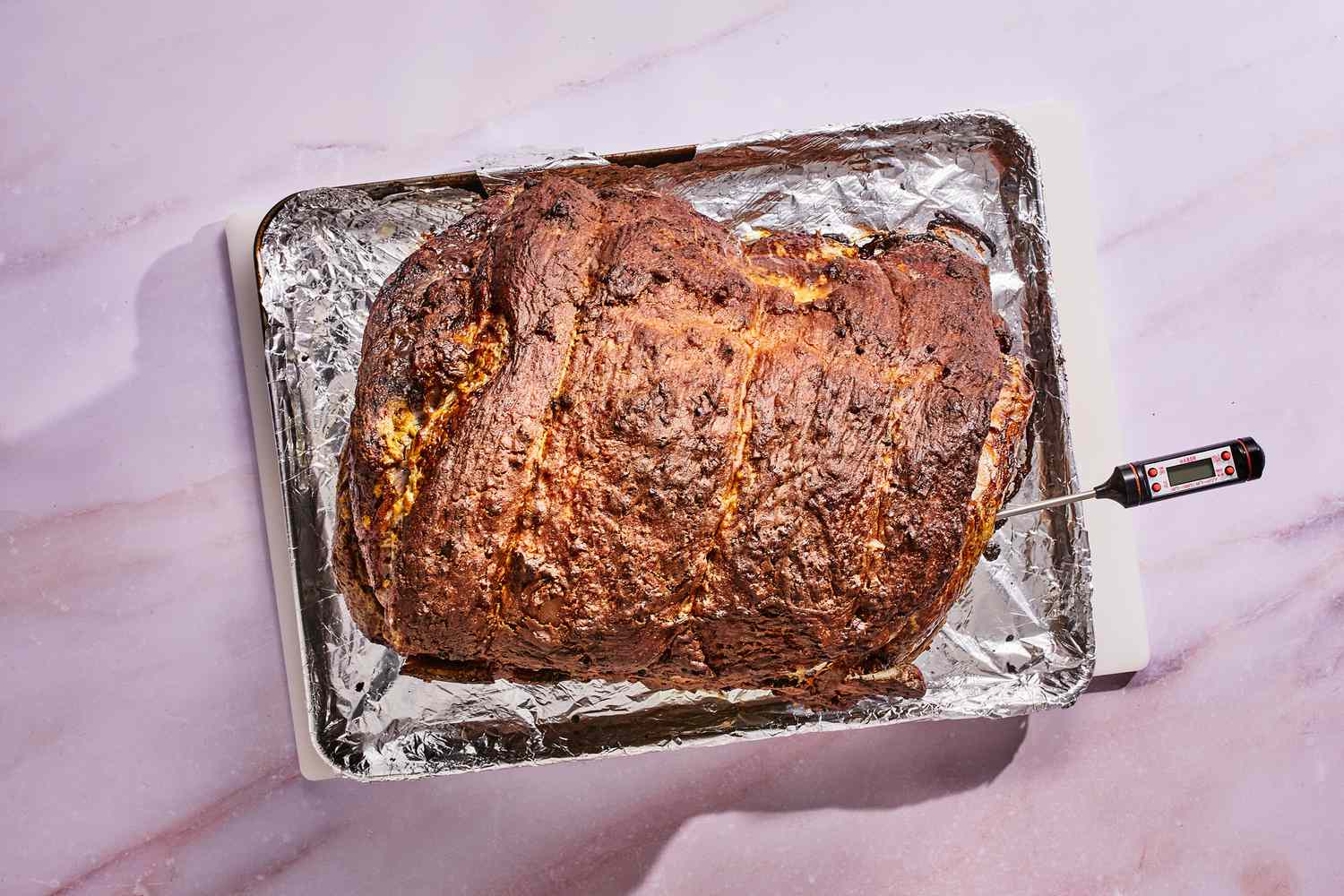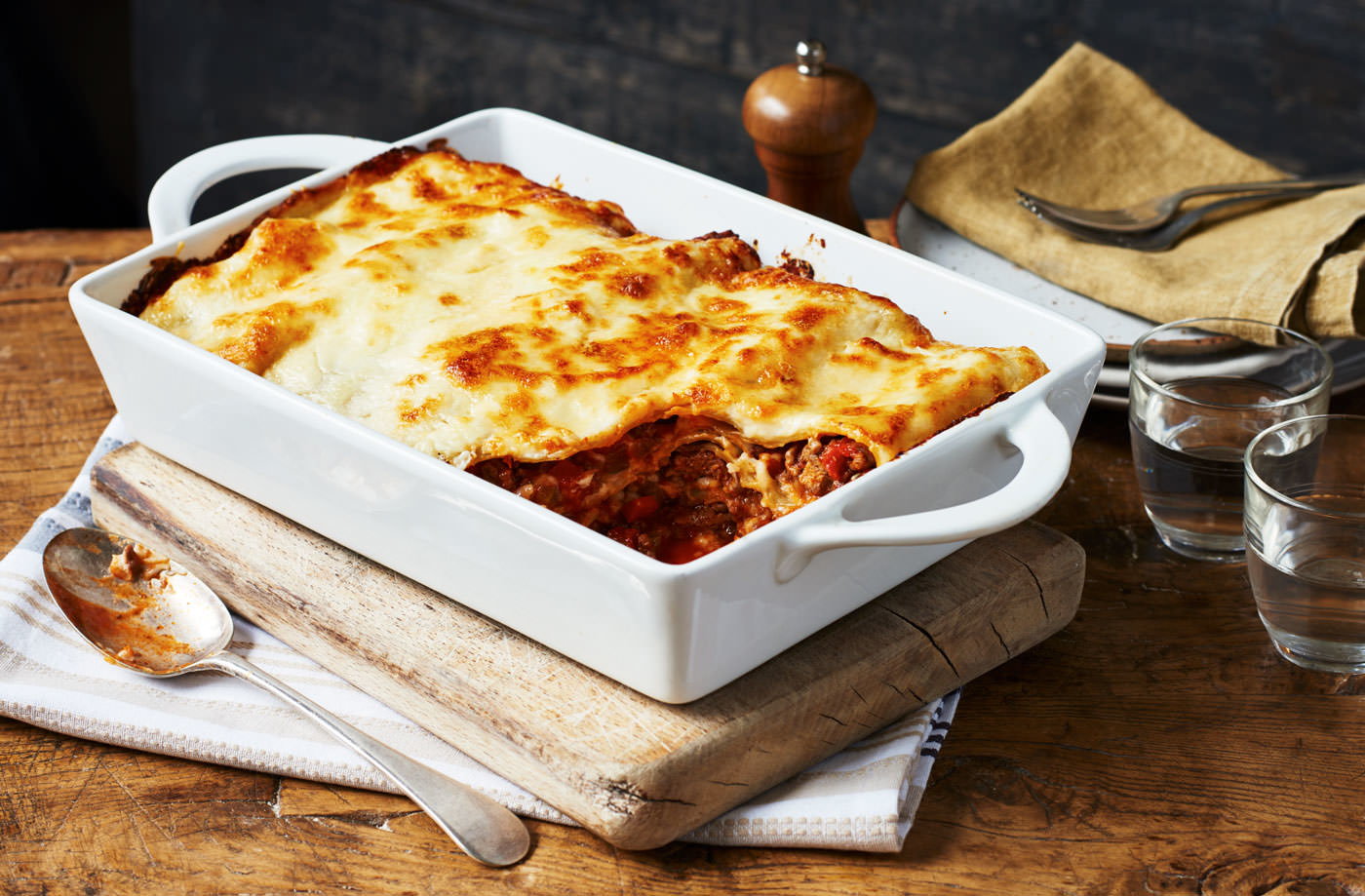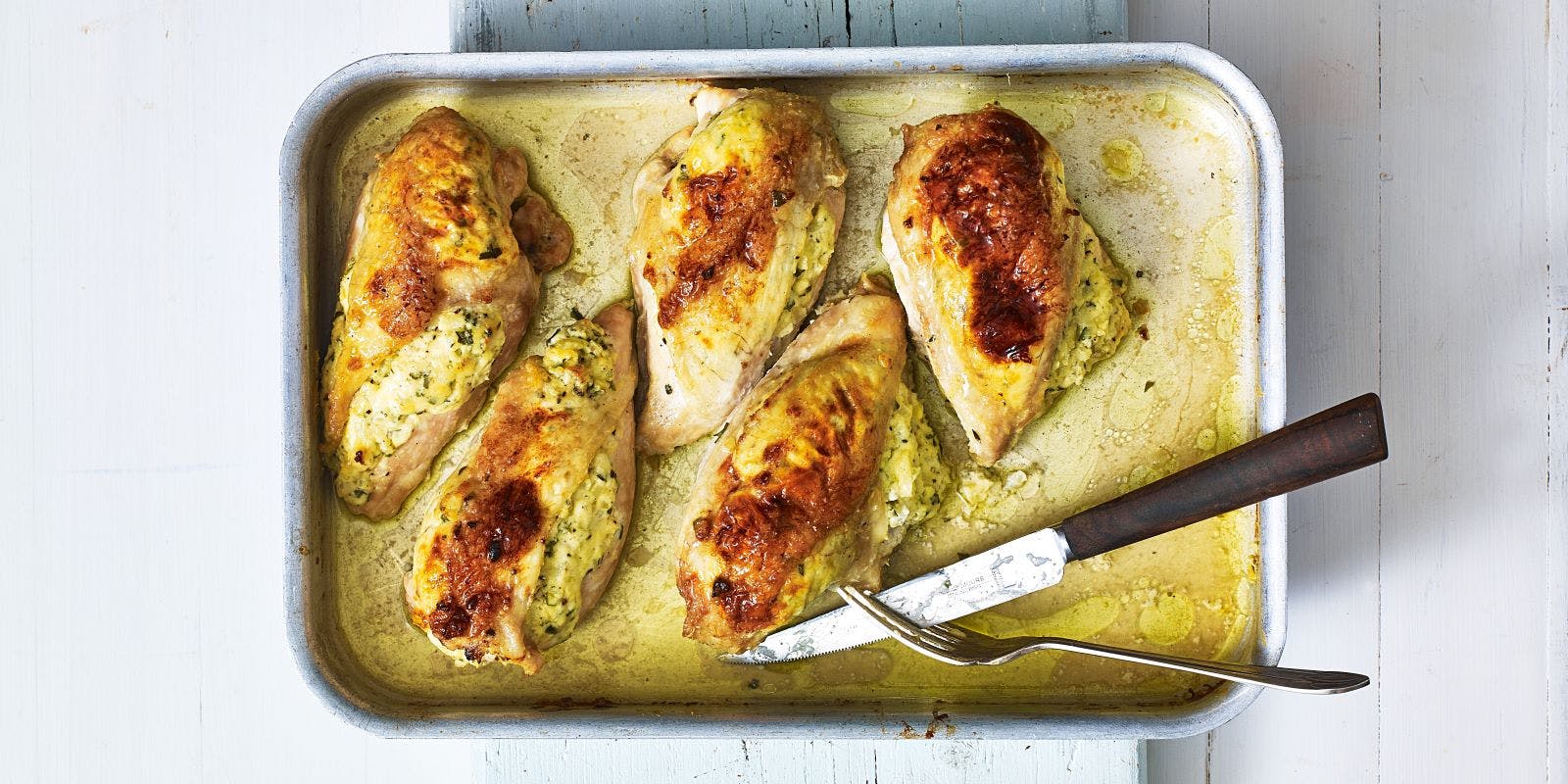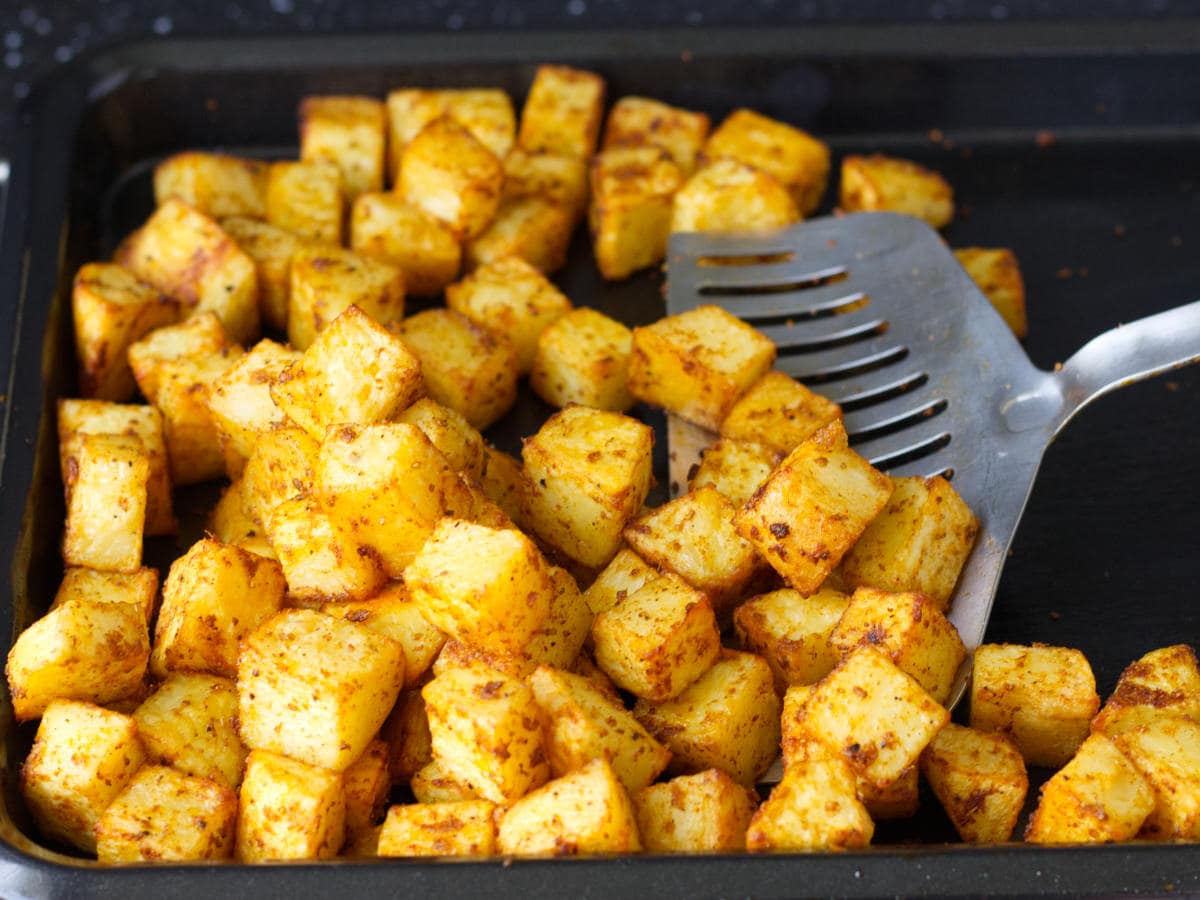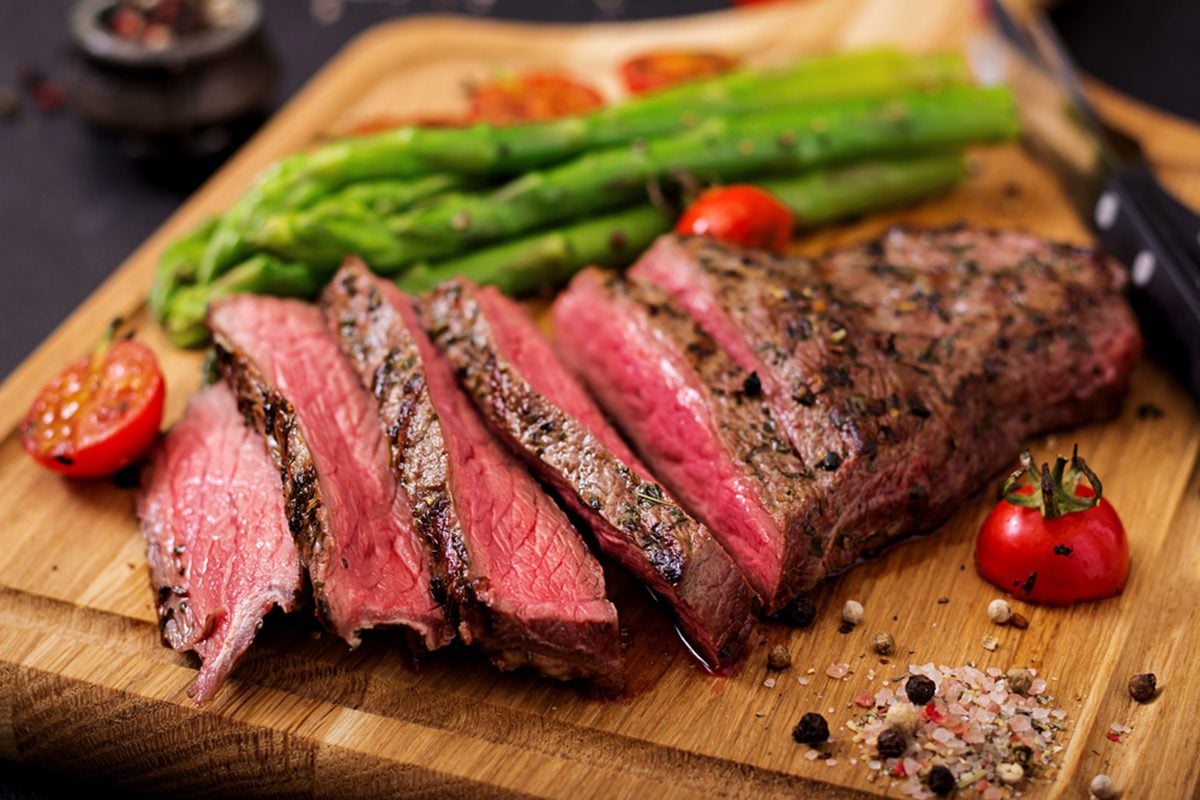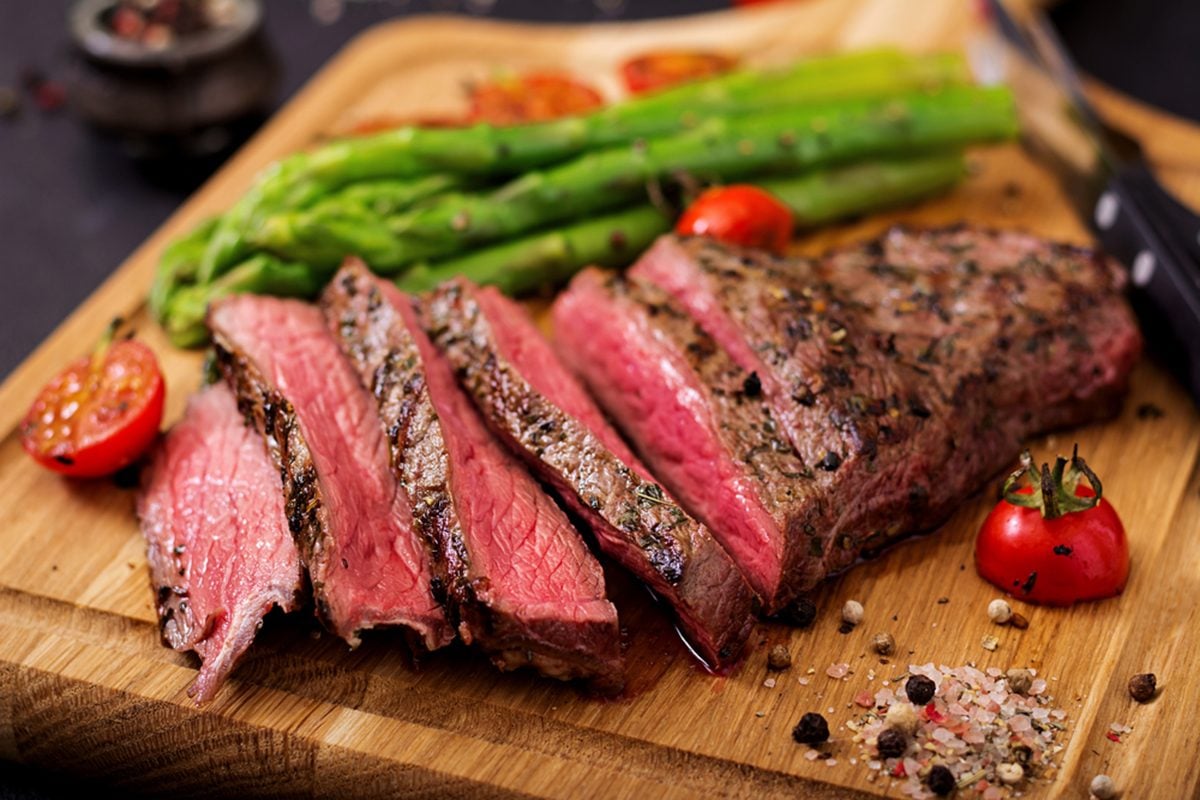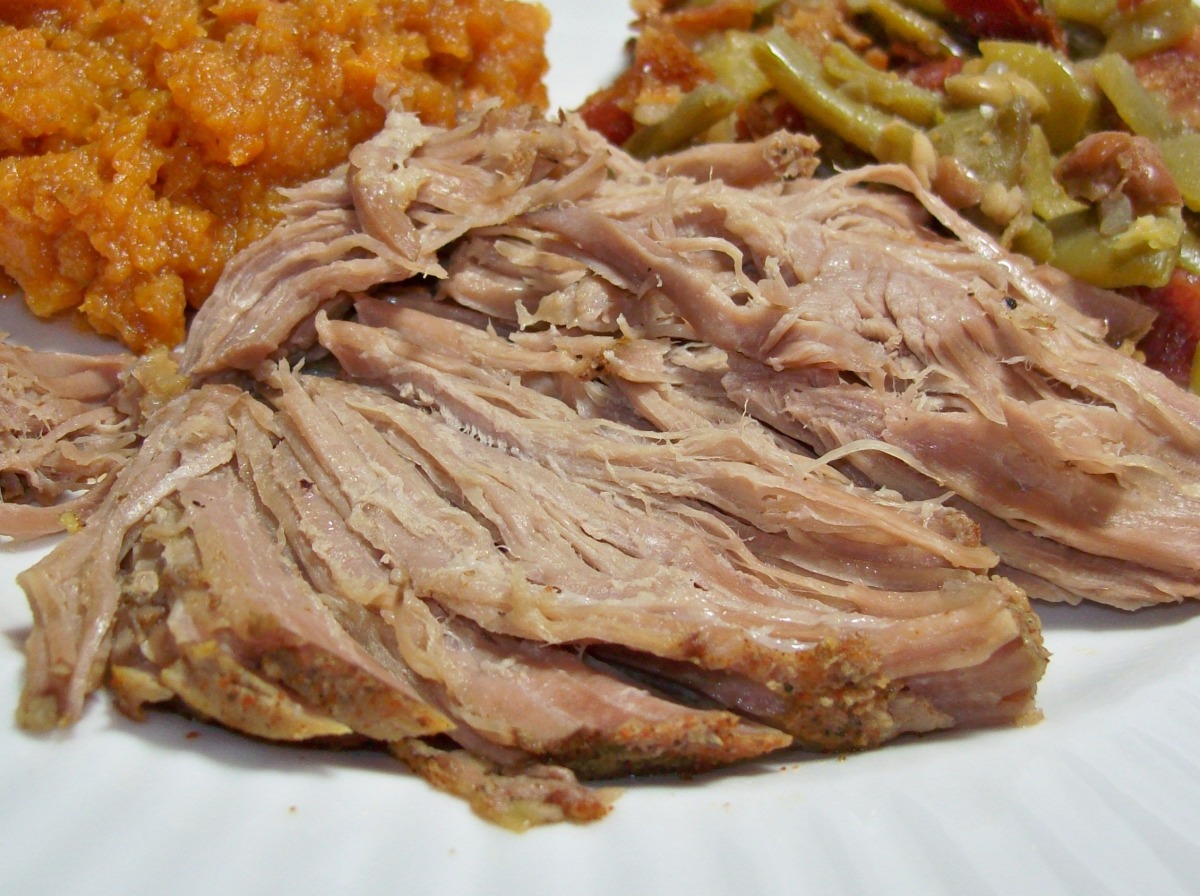How To Cook A Pork Shoulder In The Oven
There’s nothing quite like the aroma of a succulent pork shoulder cooking in the oven. This versatile cut of meat is perfect for a hearty family dinner or a crowd-pleasing feast. To help you achieve tender, flavorful results, we’ve put together a step-by-step guide on how to cook a pork shoulder in the oven.
Ingredients:
- 1 pork shoulder, bone-in or boneless (around 4-5 pounds)
- Salt and pepper to season
- Your favorite herbs and spices (optional)
Step 1: Preparing the Pork Shoulder
Start by preheating your oven to 325°F (165°C). Take the pork shoulder out of the refrigerator and allow it to come to room temperature for about 30 minutes. This helps to ensure even cooking throughout the meat.
Step 2: Seasoning
Generously season the pork shoulder with salt and pepper, ensuring that all sides are coated. If you prefer, you can also add your favorite herbs and spices to enhance the flavor. Some popular options include garlic powder, paprika, and thyme.
Step 3: Searing the Meat
For an extra layer of flavor, consider searing the pork shoulder before roasting it in the oven. Heat a large oven-safe skillet or Dutch oven over medium-high heat. Add a little oil and sear the meat on all sides until it develops a golden brown crust.
Step 4: Roasting the Pork Shoulder
Place the seared or unseared pork shoulder in a roasting pan or the same oven-safe skillet used for searing. Cover the pan tightly with foil or a lid to help trap moisture and ensure tender meat.
Roast the pork shoulder for approximately 25 minutes per pound, or until the internal temperature reaches between 190°F to 205°F (88°C to 96°C). Cooking times may vary, so it’s best to use a meat thermometer to check for doneness. The pork should be fork-tender and easily pull apart.
Step 5: Resting and Serving
Once the pork shoulder reaches the desired temperature, remove it from the oven and let it rest for about 20 minutes. This allows the juices to redistribute throughout the meat, resulting in a moist and delicious final product.
After resting, use two forks to shred the pork shoulder into succulent pieces. Serve it as is, or smother it in your favorite barbecue sauce or gravy for extra flavor. This tender and flavorful meat makes a great filling for sandwiches, tacos, or as a centerpiece for a delicious dinner.
Now that you know how to cook a pork shoulder in the oven, it’s time to gather your ingredients and get cooking. Whether you’re hosting a family gathering or simply craving a satisfying meal, this recipe is sure to impress. Enjoy!
More Delicious Pork Shoulder Recipes to Try
Now that you've mastered cooking pork shoulder in the oven, it's time to put those skills to delicious use across a variety of dishes. For those looking to impress at their next gathering, the Pulled Pork Sandwiches Recipe offers a classic and satisfying option. For a more adventurous palate, the Pork Shoulder Ramen Recipe infuses traditional Asian flavors into a hearty meal. If you're in the mood for something rich and comforting, the Pork Shoulder Curry Recipe is a must-try. Each recipe utilizes the tender, flavorful pork shoulder in unique ways that highlight different culinary traditions and techniques. Whether you choose the simplicity of a sandwich or the complexity of a curry, these recipes are sure to enhance your cooking repertoire.
